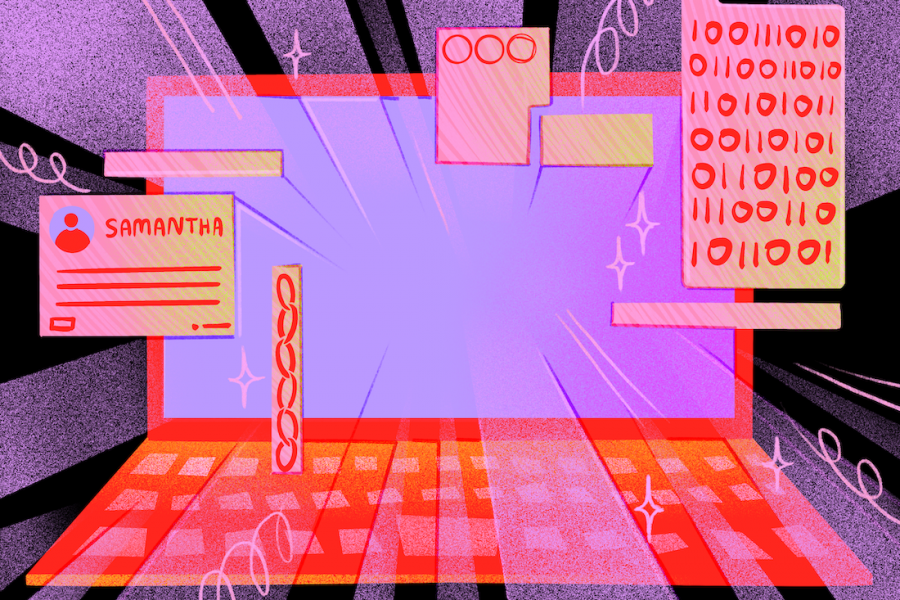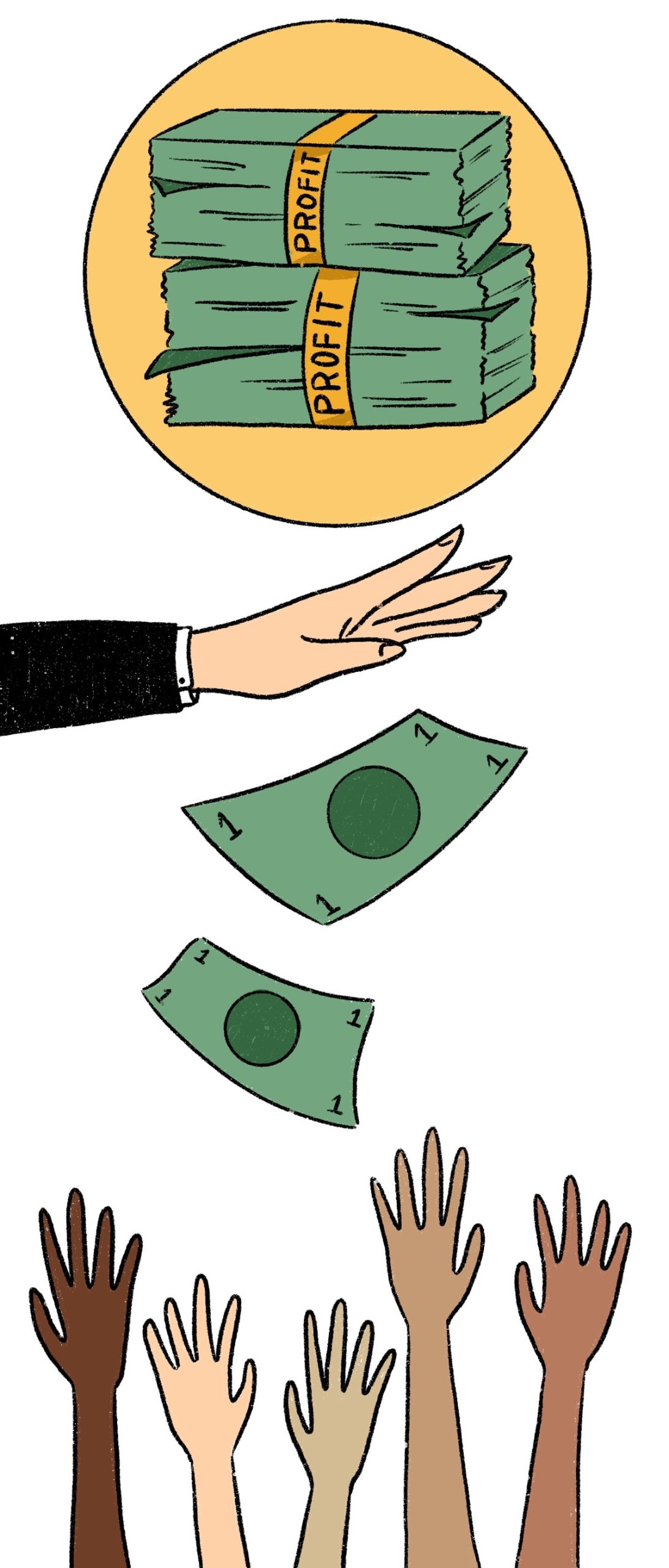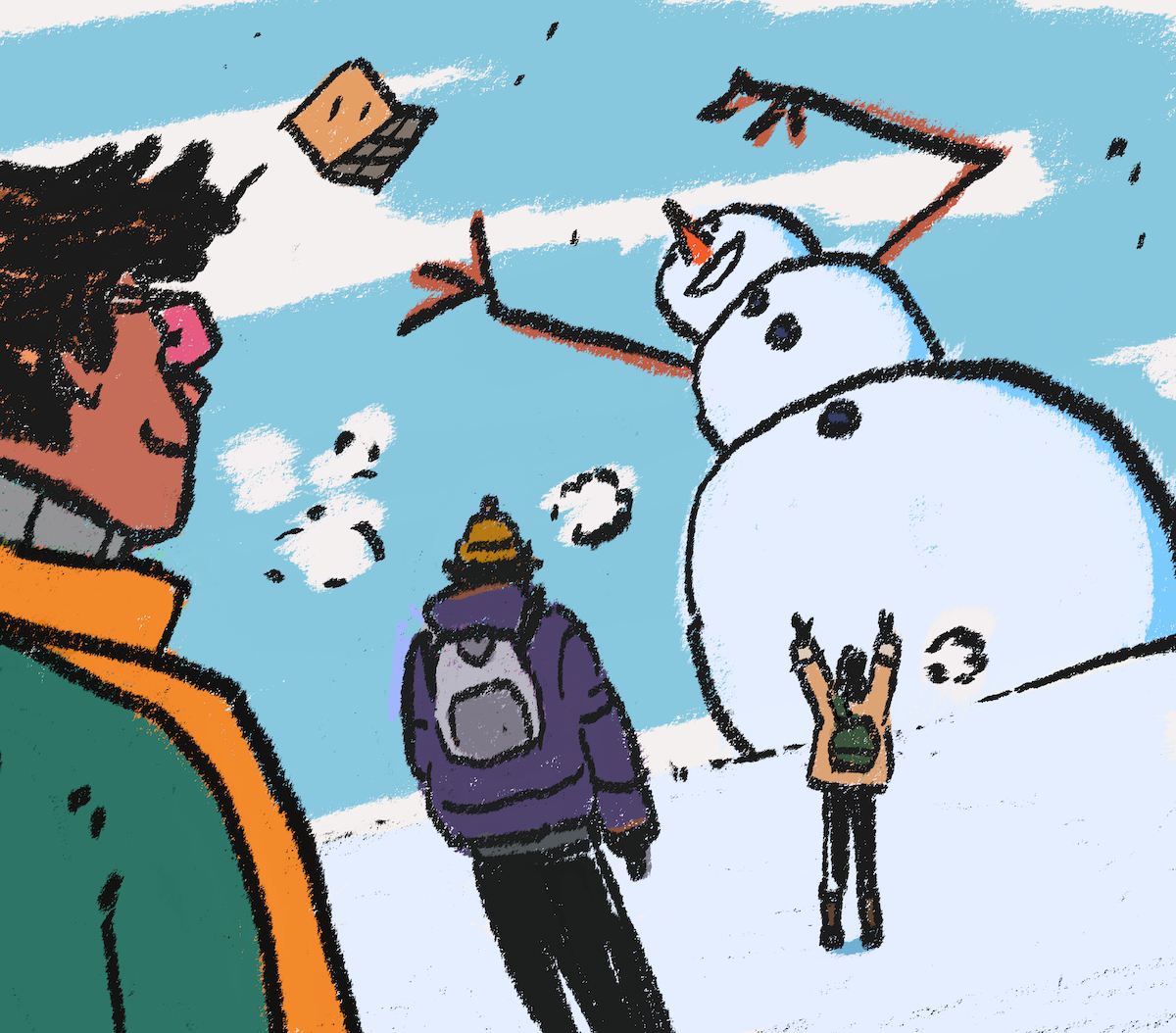For decades, the vibrant green patch of grass has been a staple of the American Dream and suburbia. Success and a big swath of maintained grass are one and the same. However—along with everything associated with the ideals of the United States—the lawn hides ugly truths which are rooted in white supremacy and settler colonialism as they kill the planet.
In order to understand how lawns became what they are today, we must first go back to their beginning. The origins of the lawn—much like most of the terrible things in the world—has its roots in European aristocracy.
Lawns started in 16th century France when landholding elites had workers form manicured gardens. With the enclosure of the commons throughout the continent, the idea of the lawn only grew more popular.
It became a status symbol to have acres of land wasted for glamour and maintained with constant labor. By the time the colonies were established in North America, the idea of grass lawns as a symbol of success was solidified. Founding fathers, such as George Washington and Thomas Jefferson, enslaved Black people who were forced to finely cut, water and sustain massive properties.
Ironically, the grasses native to this continent didn’t match their expectations. European grass seed was imported to the U.S. so oligarchs could mimic the lawns of Europe. On all levels, the lawn was the manifestation of colonialism.
Invention of the sprinkler and push lawn mower made lawns more accessible to the lower classes, and the popularity of lawns exploded at the end of World War II. The Servicemen’s Readjustment Act of 1944, commonly known as the G.I. Bill, allowed white veterans to procure loans and purchase houses in the newly booming suburban sprawl.
On paper, the bill was for all veterans, but veterans of color were systematically denied loans and disallowed from procuring mortgages in the new suburbs. The beginning of the Norman Rockwell painting style of the American Dream featured the lawn—grown from European seeds on U.S. soil and denied to Black, Indigenous, people of color (BIPOC)—and served as a symbol of conformity.
Today, the grass lawn is the largest irrigated crop in the country, taking up 40 million acres, or 50,000 square miles of arable land—three times the land used to grow corn in the U.S. All of those acres require constant fertilizer, pesticides, water and trims. Every day, 9 billion gallons of water are dumped onto lawns, with as much as 50% of the water either landing on sidewalks or leaking off the land due to improper watering techniques.
More than a third of all residential water goes towards maintaining lawns, on average, with the number reaching 60% in the Southwest and other arid climates. In an era where fresh water becomes more scarce every year, the egregious waste to maintain appearances is a slap in the face. Unfortunately, watering is only the beginning.
Due to the fickle nature of European grass in U.S. soil, fertilizer and pesticides are heavily employed in order to achieve the American Dream green. Chemicals originally developed for war are dumped onto the land, killing off any native plants in favor of grass. Every year, 78 billion pounds of pesticides and 90 billion pounds of fertilizer are put onto lawns, much of which makes its way into the groundwater.
Of course, even then the chore of maintaining lawns isn’t over. Once the ideal color is reached, the grass has to be routinely mowed. According to the Consumer Product Safety Commision, 35,000 people are sent to the emergency room each year due to lawnmower-related accidents—4,800 of them are children.
While the physical harm inflicted is horrific, emissions from lawn mowers contribute to global warming which hurts us all. 10–18% of all non-transportation emissions come from lawnmowers, with 1.2 billion gallons of gasoline consumed annually. The average high-use commercial lawnmower consumes 2,000 gallons of gas every year, while a 25-mpg car driven 10,000 miles only consumes 400.
To give a visual, the pollution caused by caring for two and a half acres of lawn is the emission equivalent of a jet flying halfway around the world. Our environment and the world at large are dramatically harmed by a 16th-century French aristocratic ideal.
In temperate climates such as Portland, lawns can be replaced with perennial plants native to the area which help ecosystems around them rather than destroying them. Refraining from trimming lawns can also reduce harm. Or as one ambitious man in South L.A. did, the average front-yard patch could be turned into a micro-farm to help feed the neighborhood.
In dry climates such as the Southwest, xeriscaping—using landscaping that requires little or no irrigation—can be utilized so minimal water is wasted. Activists in Nevada are paving the way by encouraging legislation that led to Nevada banning ornamental grass, the first state to do so. An estimated 40% of all grass currently maintained in the legislation’s targeted region will be eliminated to save water and the environment.
All around us are possibilities for better uses of the land that replace an archaic and idyllic lawn, founded in outdated and prejudiced ideals. In ever-changing times, it is crucial to reassess what we value as a society. The best place to start is the lawn.






